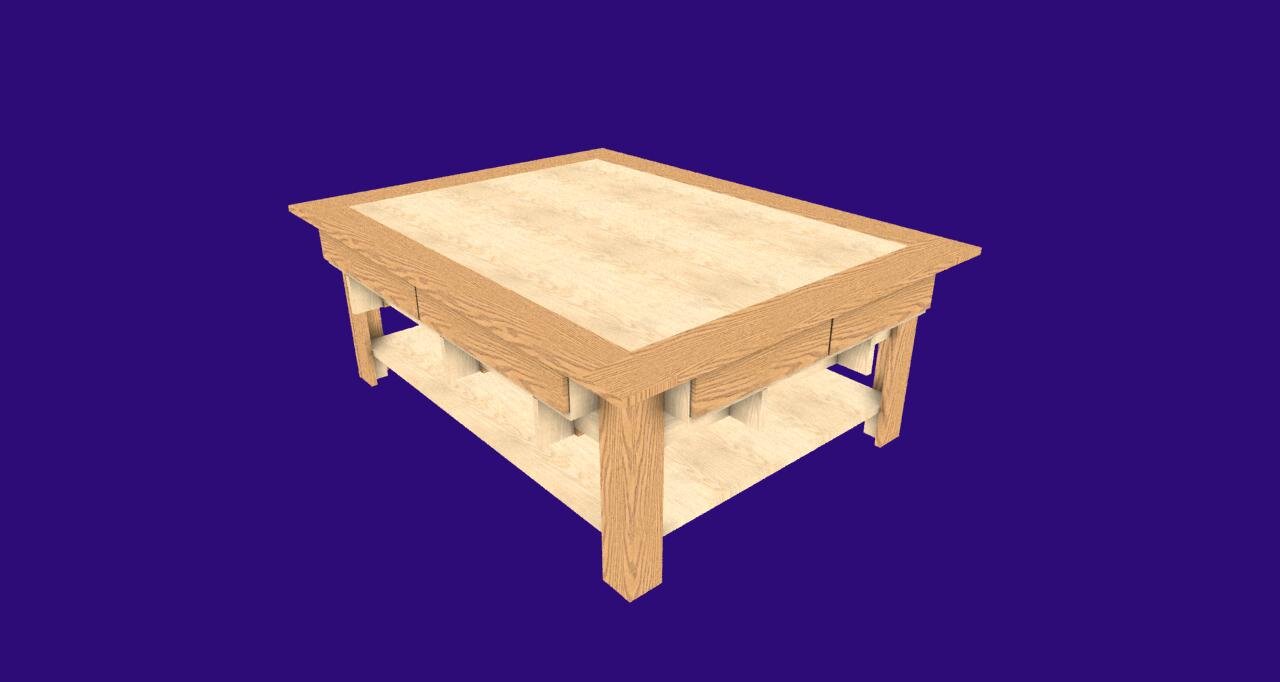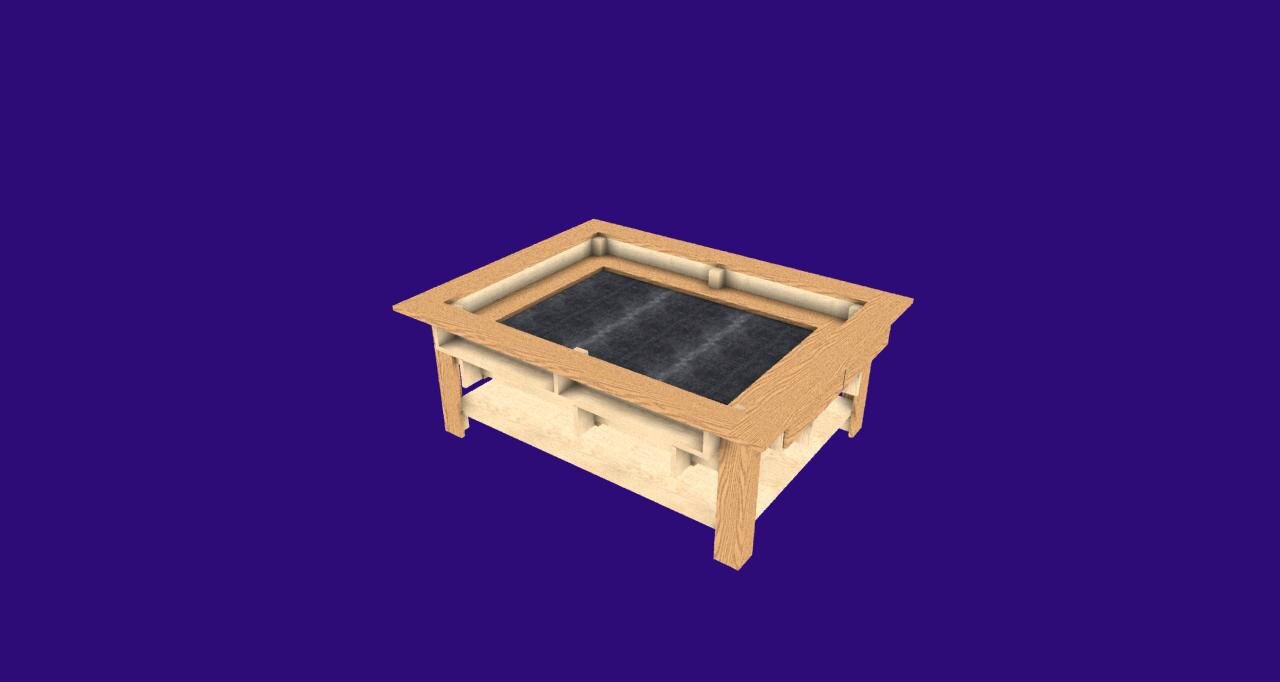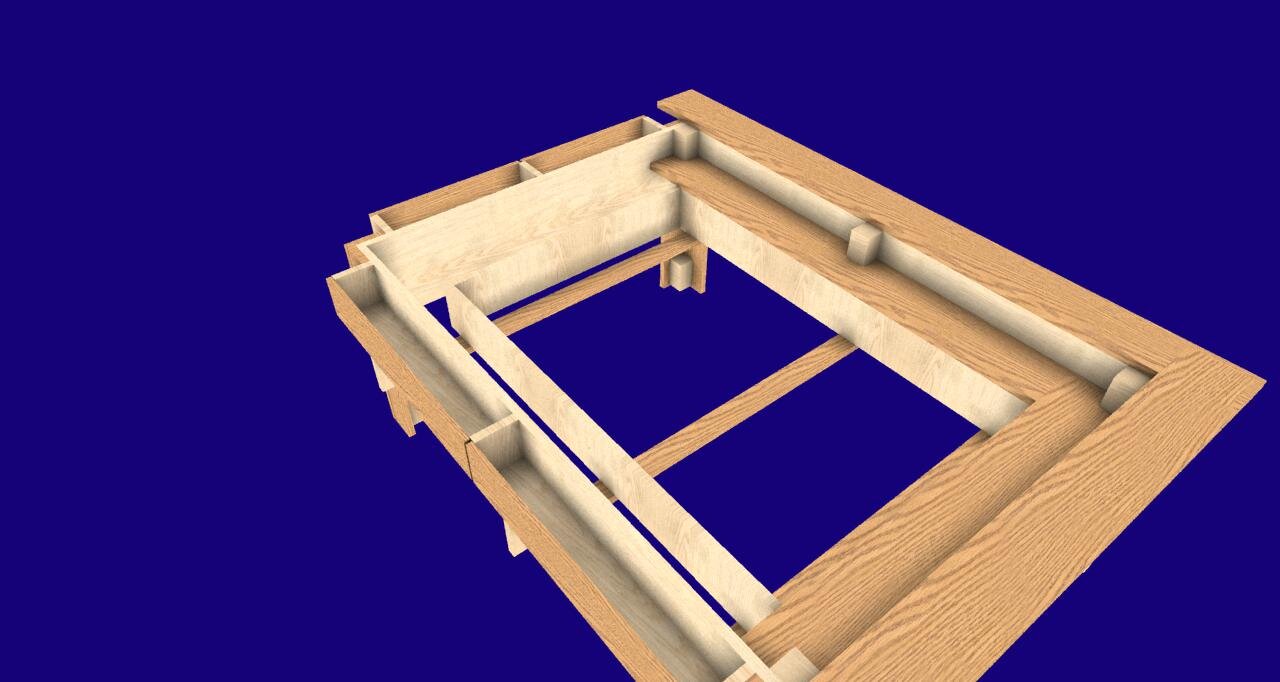A Passion For Stories
So, I love storytelling. There is something magical in the way information is shared in a story, that transcends- to my mind at least- pretty much everything else there is in the world. This magic is why I think I ended up in theatre in the first place, its why I love to read and write, and its why I absolutely love playing Dungeons and Dragons.
For the unaware, Dungeons and Dragons is a tabletop roleplaying game, where the players take on the role of characters- wizards and soldiers and thieves or what have you- and go on adventures. Stealing from nobility, stopping wars, and saving the innocent dragon from the evil princess. You know, your (a)typical hero stuff.
But none of that happens without a Dungeon Master. They know the rules, the players, the characters. They create maps and characters and they paint word pictures. But most importantly, they write stories. And perhaps uniquely in all of media, Dungeon Masters write stories that the characters can actually change. This game, to me, is storytelling in its most perfect form- a collaborative effort. Detailed, or abstract, able to move and shift like a living thing. Its magic.
All this to say, I’m a Dungeon Master, I love being such, and I like to tell stories that grow more than I feed them. Around Christmas time, I was home visiting family and thought to myself that it would be just grand to own a gaming table. Complete with an integrated TV for displaying maps and art, or playing music.
My original plan was to get it done in three days, after Christmas. It ended up taking three months and a not insignificant amount of change. What follows is the documentation of that particular project.
The Initial Design
The initial design of the table, sketched out before I started drafting. Nothing particularly complicated here, in my humble opinion. The idea was to make a pair of ‘buckets’ the first of which would hold the TV at the bottom, and the second of which would provide a small amount of playing space around the TV, covered by a large lid. The lower shelf was added to keep the legs from bowing in under the weight of the table, and the cabinets were added to hold character sheets, and dice, and pencils or remotes and such small things. But they were also added to make sure that any weight from the top of the apron would be redirected into maple vertical skirt.
The draft itself was knocked out in the two days or so after Christmas. Not that it was a particularly complicated design, all told, so drafting it was mostly me just learning a new software.
That idea of redundant redirection is something I tried to fit everywhere I can. As weight is applied from the top, it shifts to the cabinets, which have their own supports, and those supports are pressing on the lattice, which means they squeeze on each other, across the table. Was all this necessary? Probably not, but I’m most certain that should anything bump into or fall onto my table, the table will win.
A small note I think should be said on the software used: Sketchlist 3d and Cutlist Pro. Sketchlist was fast and easy to operate as far as CAD softwares go. Not as good as AutoCAD, but then again it doesn’t need to be. And most importantly, it can export entire projects as CSV files, which is where Cutlist Pro comes in.
Cutlist Pro takes that CSV and with a little bit of information regarding available materials, puts out the titular list. These are really great lists though, complete with pictures and allocations for which pieces come from what boards and such. Considering the amount of lumber that went into it, it was super handy to have master lists of each cuts to look back on, and labels and such printed to differentiate the lumber easier.




Construction
The table itself was primarily crafted from white oak hardwood- leftover from when we redid the house’s floors- and cabinet grade maple and poplar.
I got the TV for cheap from a friend who was clearing out her house, even though I didn’t need it at the time. Indeed, that TV was why I started the project in the first place, as I didn’t have a need for it and thought it might be fun to have a go at it.
Fabrication was a rather complicated, but mostly due to the size of the table. The end result was near four feet by five, and Although each ‘shelf’ did not have much to rely on as far as joinery, the plethora of pocket screws would keep it together well enough until the outer ‘buckets’ could be attached, stiffening the whole piece.
Although not idea, the uppermost apron is not glued in place. It’s prepared for it- the biscuit joints I used to attach the lower apron to itself were repeated above as well, but thanks to the size of the table- and its weight- I figured that the ability to trim down the sides some, even if not by much, would be incredibly useful for getting it through doorways and into trailers.
Once we started to near completion, we started deviating more and more from the original drafts. For one, the terrace underneath was beefed up by a considerable amount, as I was concerned how it would fare over the years as it was.
Secondly, for convenience sake (letting my players charge phones, etc) I installed a series of outlets along the sides of the table, underneath the drawers. Of all the cool things this table lets me do- stretch out drafts and plots, serve as a huge dinner/coffee table, lots of storage, it is perhaps the outlets that find the most use. The gratuitous size of the table puts one within easy reach of all the furniture in my living space, allowing guests and hosts alike to have convenient power without having to chase all over the house for them.
The TV is plugged into that too, of course, with a hidden one underneath the skirt. A spare outlet down there allows for me to run a sound system, if I ever feel like perfecting it, but for now its just handy.






Completion
The final product! To be honest, perhaps the most difficult parts of this process was either the hardware or the finish. The Cabinet hinges I used are soft closing, but the actual cabinets themselves are only a few inches deep, so getting actual tools inside was a nightmare. Combine that with a requirement of accuracy out past 1/64th of an inch, to make sure the hinges closed properly, and it was certainly the most aggravating part of the project.
But it came out well, very well.
The finish was also a pain, as anybody who has had to varnish wood could tell you: and dust or hair doesn’t show up when its put on and wet, but absolutely shows up once it dries. I did several coats in told, and used an old can of boat varnish for its semi-gloss look, and more important to me, good water resistance.
Powered up and plugged in. The table works brilliantly- pictured here is the world map I drew for one of my groups, but it also works perfectly for battle maps as well, the plexiglass top allowing for player to move minis or such without damaging the TV underneath. That it is waterproof, for the inevitable spilled drink, is an entirely intentional feature.
The audio comes through the plexi and the wood passably well, but for the most part I find that using the room’s sound system is entirely more efficient at the task, but I am keeping my eyes out for some good speakers to hide away underneath it.
And with that, the project was done. It was an absolute pain to move, coming in at 5x4.5ft and around 200 pounds, but that’s just a tidbit. The table works great, serves as a fantastic (and classy, to my mind) centerpiece for my living room, and with something as simple as a tablecloth goes from hardwood decor to a perfectly fancy dinner table.
I’ve got plenty of ideas for a second one, but no real need for them yet. I’m thinking a fold-down wall mounted unit, for confined spaces in city apartments and the like, and I’ll be sure to follow up here. Underneath you’ll find a smattering of photos of the finished product.











